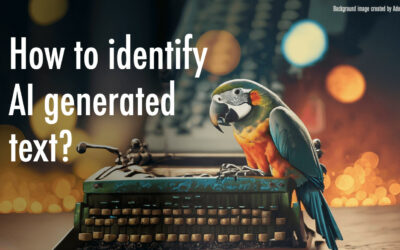Over the past year or so I have moved my line of research into teacher creativity particularly focusing on ideas related to trans-disciplinary creativity and what that means for teaching and learning in the 21st century. In this effort I am joined by an awesome group of colleagues. We call ourselves the deep-play research group and include Dr. Danah Henriksen, Kristen Kereluik, Laura Terry, Chris Fahnoe and Colin Terry.
Though we have been working hard it has taken us a while to get some of our thoughts out there in the world, in published form. Well, I am glad to report that one of first pieces to come out of the deep-play group just got published. Here is the reference (and a link to the pdf).
Mishra, P., & The Deep-Play Research Group (2012). Rethinking Technology & Creativity in the 21st Century: Crayons are the Future. TechTrends, 56(5), 13-16.
The paper seeks to discredit a few myths about creativity and technology and offers a two-part framework – that of TPACK and “trans-disciplinary creativity” as a way of addressing some of the challenges we face today. There is a paradox at the heart of creativity: creativity requires both deep disciplinary knowledge and also the ability to break disciplinary boundaries and transfer ideas across subject matters. To manage this paradox, we offer a framework for creative teaching and learning that is broad enough to be used across varying disciplines, yet flexible enough to work within each discipline. “Trans-disciplinary thinking” offers just such a set of meta-level thinking skills, which respects the importance of disciplinary knowledge while allowing for novel connections between them. This is particularly relevant in the context of educational technology, because technology also allows people develop these skills in powerful and creative ways.


0 Comments
Trackbacks/Pingbacks